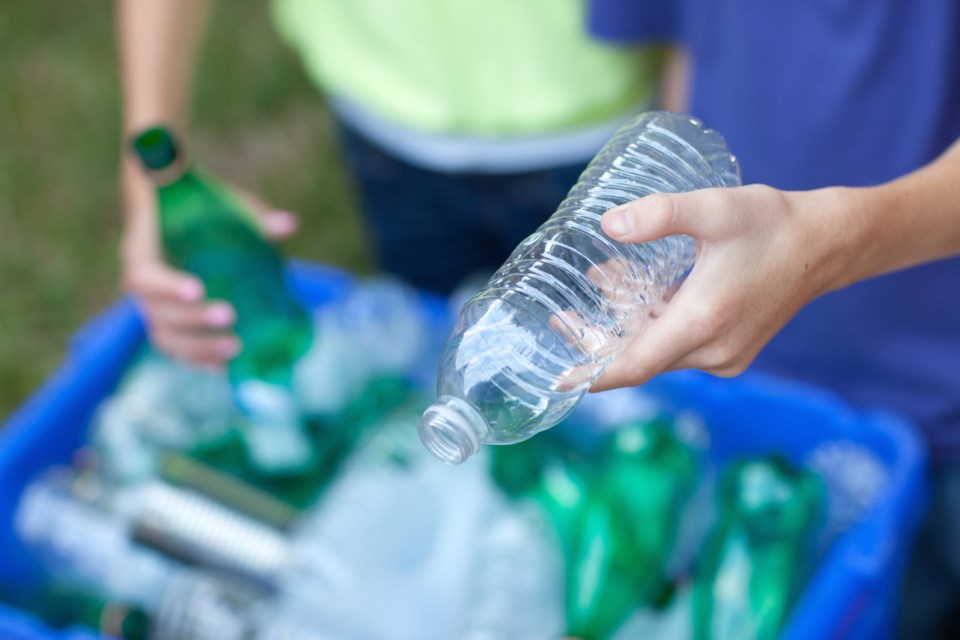By John Lawless
Recycling may seem as easy as putting paper in one bin and plastic in the other, but it's not that simple. Many recycling centres have to deal with things that clog their conveyors, items that belong in the landfill or items containing materials that can be toxic for workers. Since we can't just dump our garbage to Asia anymore, we have to take it upon ourselves to be vigilant.
The number one issue is that most plastic doesn't get recycled. According to a report from BC Hydro, Canadians discarded 3.3 million tonnes of plastic in 2016, and 85% of it went into landfills. A lot of that plastic was recyclable, but a lot of items included in that report are things like plastic coolers and toys, which aren't recyclable at all.
Electronics can also pose a difficult problem if they aren't disposed of correctly, since they can contain harmful components like mercury. BC has an electronics recycling program in place, and the Thermostat Recovery Program allows citizens to drop off their thermostats to be disposed of properly. There are many electronic recycling drop-off points throughout the province that will take old electronics.
Cleaning your recyclables before throwing them in the bin also makes a huge difference. According to BC Hydro, just a few spoonfuls left in a peanut butter jar can contaminate a tonne of paper. Oil-soaked pizza boxes actually belong in a landfill, since the oil can be costly to clean at the depots and can cause damage to the machines.
Even little things like separating the components of your coffee cup into the assigned bins or searching how to recycle something properly that you're unsure about can be very helpful. Implementing environmentally-friendly concepts like reusable coffee cups and cutting down on single-use plastics can mitigate the amount of unnecessary waste in landfills.
Read more from Castanet




